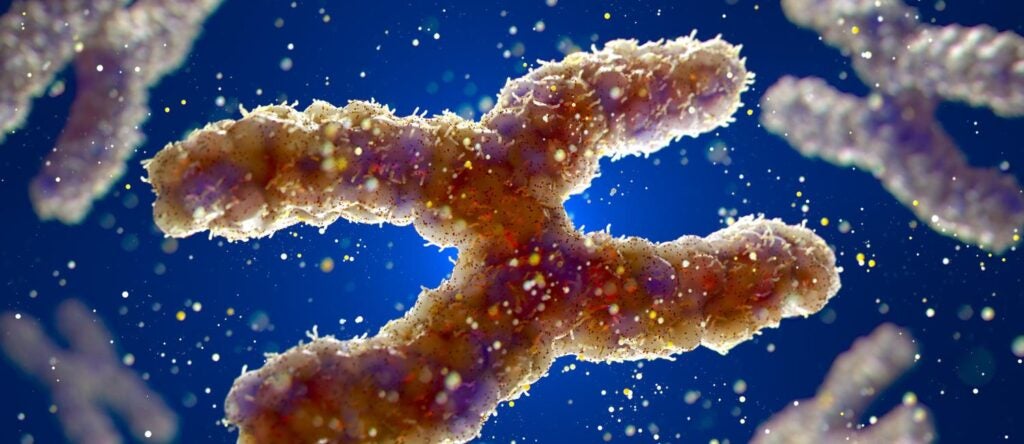Anguera Laboratory
Our laboratory investigates X-chromosome Inactivation and how this epigenetic process contributes to female-biased autoimmunity.
Our Research
At the Anguera Laboratory, we are investigating how female lymphocytes maintain X-chromosome Inactivation, which is an epigenetic process responsible for equalizing gene expression between sexes. X-chromosome Inactivation silences one X-chromosome in female cells, and this process is initiated and maintained by the long noncoding RNA Xist.
Lab Mission
- To investigate the epigenetic regulatory mechanisms of the inactive X chromosome in immune cells that maintain transcriptional silencing of most genes while promoting X-linked gene expression of specific genes
- To determine the genetic and epigenetic contributions responsible for the female bias in autoimmune diseases such as lupus and scleroderma
- To investigate how X-linked gene expression contributes towards sex biased disease outcomes following pathogen infections
Interviews With Dr. Anguera
NPR (February 2024): “Four out of five autoimmune diseases patients are women, and scientists want to know why“
Radiolab (August 2021): “The Unsilencing” A new study published in the magazine Cell looks at why women are more prone to getting autoimmune diseases like lupus, multiple sclerosis and rheumatoid arthritis.

Director, Anguera Laboratory
Montserrat Anguera, PhD
Associate Professor, Department of Biomedical Sciences
Join Us Today
We are always seeking highly motivated students and post-doctoral fellows with an interest in:
- Epigenetics, X-chromosome Inactivation, Imprinting
- Immunology and female-biased autoimmune disorders
- Long noncoding RNAs
- Genetics
- Bioinformatics
Interested post-doctoral candidates should inquire by sending an email
Interested graduate students should visit the Department of Cellular and Molecular Biology (CAMB) at UPenn or inquire by sending an email.
Find Us
University of Pennsylvania School of Veterinary Medicine
3800 Spruce Street, Room 390EB
Philadelphia, PA 19104-4539
Our Team

Katherine Forsyth, PhD

Nikhil Jiwrajka, MD

Claudia Lovell

Zowie Searcy

Natalie Toothacre

Nuriban Valero-Pacheco, PhD

Emma Welter

An integral T cell pathway helps regulate female gene expression (link is external)
Penn Vet researchers have revealed a connection between NF-κB signaling pathways and X chromosome inactivation, which has implications for understanding sex-based immune responses during infection.
4 out of 5 autoimmune disease patients are women. New study offers clue as to why (link is external)
Dr. Montserrat Anguera talks about autoimmune diseases.
Why Do Women Have More Autoimmune Diseases? Study Points to X Chromosome (link is external)
Dr. Montserrat Anguera comments on this new research.
